Did you know that the Asteraceae (a.k.a. the Aster or Daisy) family includes one of our most popular vegetables, lettuce? And this is the perfect time of year to start growing it for later transplanting into our Canadian gardens.
Choosing the Right Varieties
The first challenge for gardeners is choosing which varieties to grow from a dizzying selection with intriguing names: ‘Amish Deer Tongue,’ ‘Lolla Rossa,’ and ‘Freckles,’ are just a few. You can also buy “mixes” which offer different varieties all in one seed package.
Maximizing the Time to Enjoy Homegrown Lettuce
The second challenge when growing lettuce is that, with longer and warmer days, lettuce gets bitter, forms a stem and produces flowers, a normal process called “bolting.” To maximize our time to enjoy homegrown lettuce, we can:
Choose slower bolting, heat-tolerant varieties.
For a head start, sow lettuce seeds indoors, moving the plants out after the risk of major frost has passed.
Provide shade by placing a “shade cloth” supported on a frame or hoops over the lettuce.
Keep the soil consistently moist.
Practise succession planting by sowing a few seeds every 2-3 weeks so that younger plants will be ready to provide fresh salad greens when the previous plants have started to bolt.
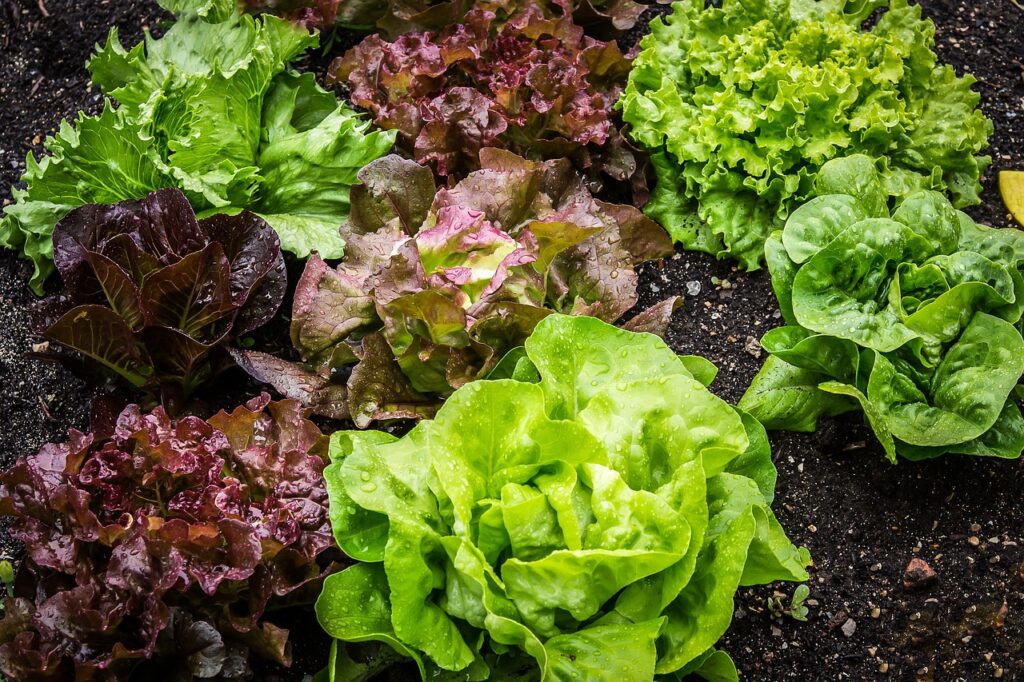
Popular Types of Lettuce
There are three categories of lettuce, each with slower bolting varieties, that we can grow successfully:
Butterhead has tender, mild leaves that form a loose head. ‘Buttercrunch’ is slow-bolting and one of my favourites.
Cos/Romaine has upright, crispy, slender leaves that form 6 to 8-inch long heads. ‘Parris Island’ and ‘Freckles’ are two varieties in this group that enjoy a longer season before bolting.
Leaf lettuce with its loose clumps of green or red leaves — or some combination of these colours – is generally more heat-tolerant than other types. Some slower bolting varieties are ‘New Red Fire,’ ‘Oakleaf’ (green or red) and ‘Simpson Elite.’ Growing a combination of these offers us the opportunity to make interesting salads that are varied in colour, leaf size and texture.
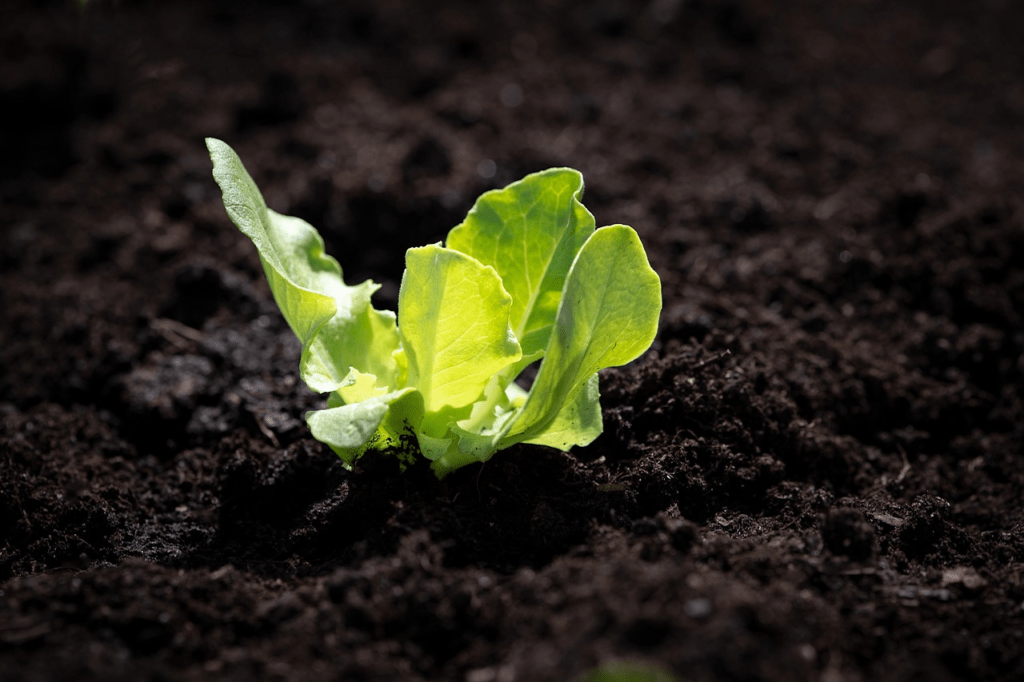
Sowing
Lettuce seeds require light, moisture and cooler temperatures to germinate. Slightly cover the seeds or gently press them into the surface of a moist seeding mix. Using a spray bottle makes it easier to keep the surface moist without displacing the seeds.
Transplanting Outdoors
Transplanting outdoors: “Harden off” seedlings for at least a week, gradually exposing them to longer periods of outdoor conditions (sun, wind) before planting them in their final spot.
Harvesting
There are several ways to harvest lettuce. Many leaf varieties can be cut at the ‘baby leaf’ stage, usually 28 to 30 days after sowing, or at the full-grown stage between 45 and 60 days, depending on the variety. Cutting the outer leaves first allows the center leaves to continue to grow. The “cut and come again” method involves cutting the plant 1 ½ to 2 inches above its base and letting it grow again for a second and sometimes third harvest.
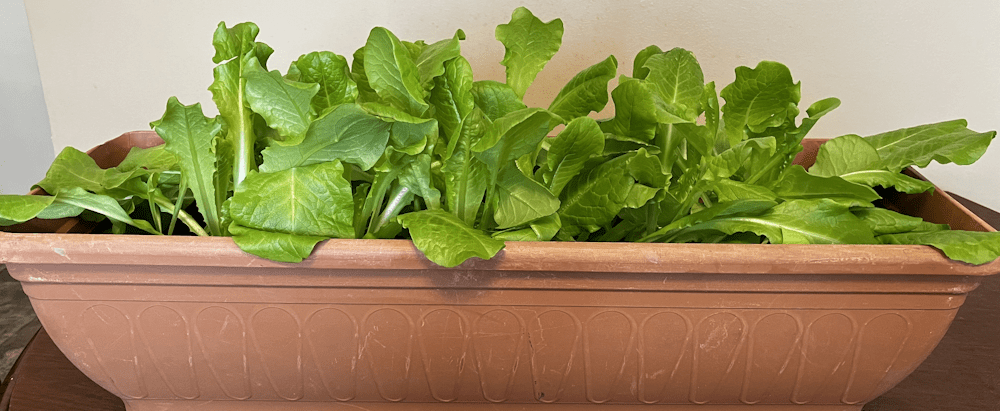
Container Growing
Because of shallow roots, lettuce grows well in containers which can be moved into shade. There are even smaller varieties such as ‘Baby Oakleaf,’ ‘Tom Thumb’ and ‘Little Gem’ but I’ve grown regular sized lettuce varieties successfully, outdoors and indoors under artificial light. Fresh homegrown salads in the middle of winter are a special treat!
The Reward: A Gift That Keeps on Giving
The reward for growing our own lettuce, whether outdoors or inside, is a fresher, better-tasting, pesticide-free food available in exactly the quantity we need and in varieties only available if we grow from seed. When our plants bolt, there are reasons to leave them to flower and set seed.
Plants in the Asteraceae family provide good food for pollinators and other beneficial insects. And, if we grow the open-pollinated varieties, we can collect and save the seeds for next year’s lettuce crop. This way, lettuce becomes the “gift that keeps on giving” even after it has passed its peak.
Wendy spent a good part of her adult life moving with her husband, never staying long enough to see an apple tree mature and bear fruit. When they retired, developing a food garden and planting hardy ornamentals became a passion. Weaving her previous studies in nutrition with her current interest in gardening has become a stimulating and life-giving activity.

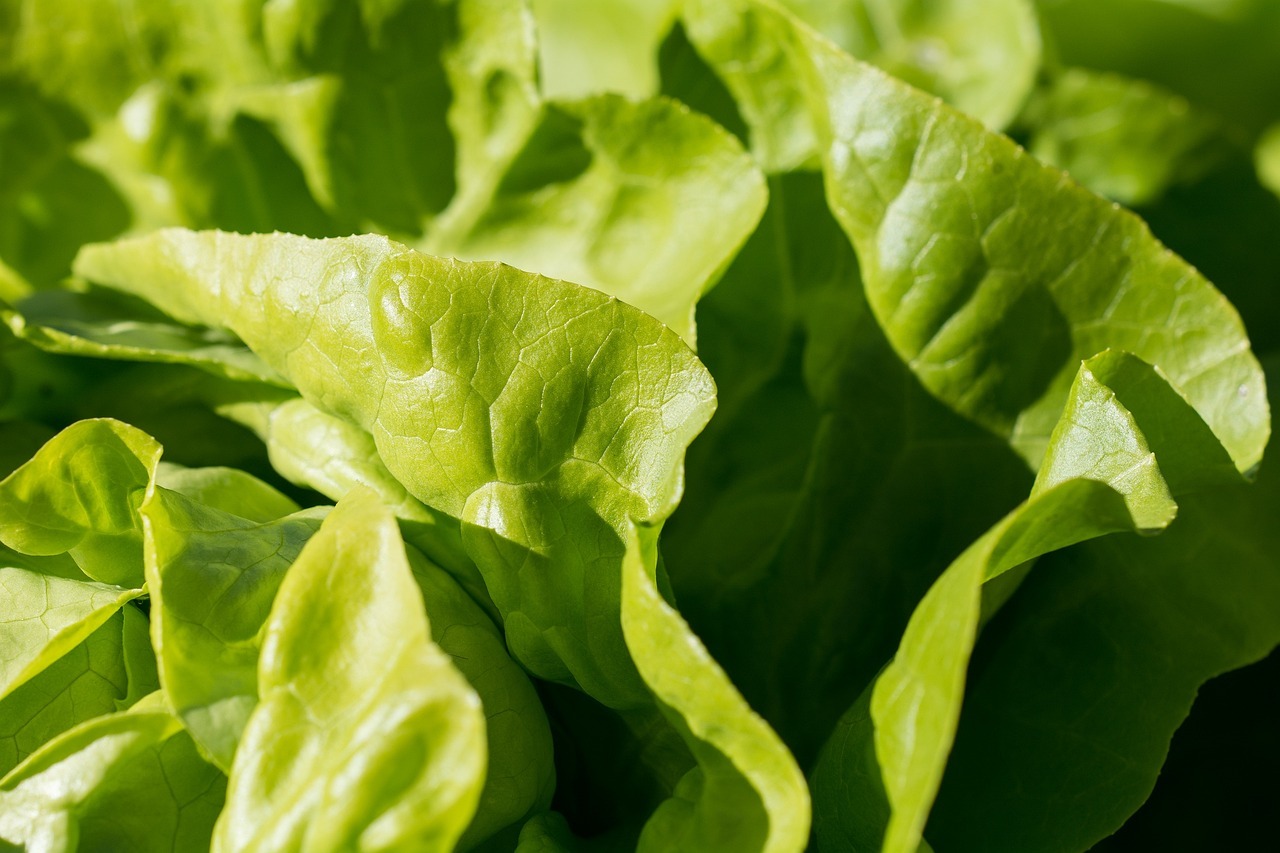

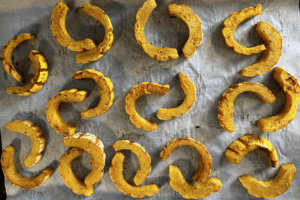
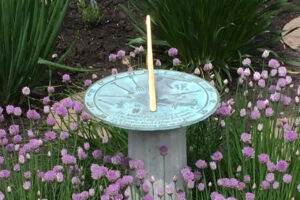
I did not know that “the Asteraceae (a.k.a. the Aster or Daisy) family includes one of our most popular vegetables, lettuce”. And that’s not the only thing I didn’t know before I read your article about such a staple of a summer garden and diet in Canada.
Ecological commentators speak to the recognition that “we live among relatives, not resources.” Your words and enticing photos had that feel to it – that you were speaking about, and caring for relatives. Many thanks.
Our household recently began savouring the deliciously fresh lettuce we planted together at the end of April. Some of the tips in your article will help us enjoy even more fully “the gift that keeps on giving.” Thanks, Wendy!